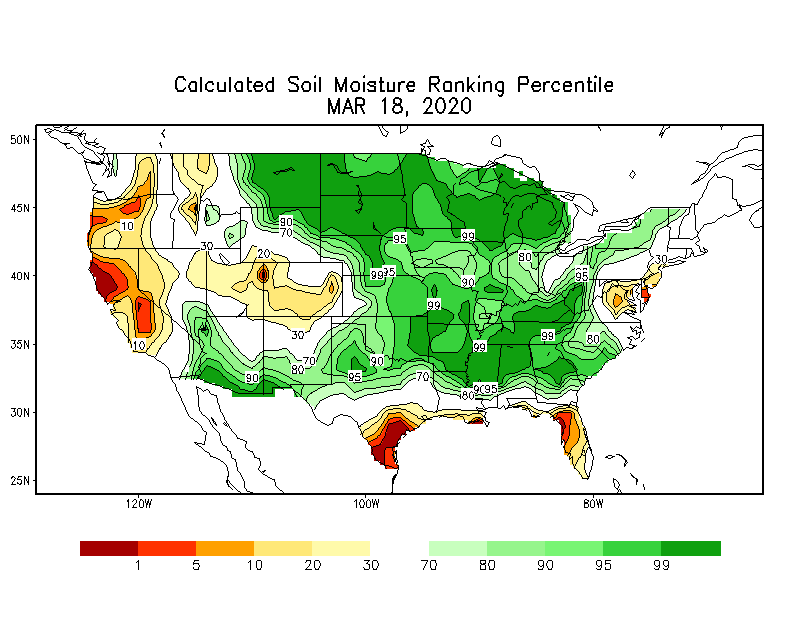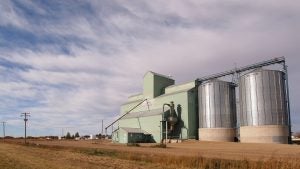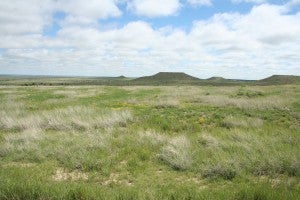This op-ed was originally published in Hoard’s Dairyman. Since its initial publication, the financial uncertainty for farmers engaging in conservation practices has grown substantially. Ongoing trade negotiations, tariffs and blocked funding for existing U.S. Department of Agriculture contracts for conservation expenses and the uncertainty of future funding for conservation programs intensify the financial challenges faced by dairy farmers.
Dairy farmers are already part of a high-risk industry — the experience shared below shows how difficult it can be to align funding opportunities with farms’ financial needs. Now, farmers are being left to absorb that risk with less support. To continue producing food for their communities and responsibly stewarding natural resources, farmers will need more flexibility from financial institutions and greater investments from stakeholders advancing sustainable agriculture.
By Alice Crothers















 A team of researchers spent seven years dissecting, analyzing and reporting on California’s nitrogen cycle, and the results are eye-opening.
A team of researchers spent seven years dissecting, analyzing and reporting on California’s nitrogen cycle, and the results are eye-opening.
